Cenador de Amos in Cantabria is 22km from Santander, near the northern coast of Spain. It is 91 km west of Bilbao airport, just over an hour’s drive. It has a sister restaurant, called Amos, in Madrid. The mothership here is set in a mansion dating back to 1756, with an attractive garden at the back and with a separate building for conferences and functions. The main building is spacious and the tables are generously spaced, with just sixteen guests in the main dining room, plus additional seating in three private dining rooms. The tables were very large, with display plates from supplier Bernardaud in Limoges. To cook for the diners, thirteen chefs were working in the kitchen today. There was a dedicated bakery room, producing sourdough on a 72-hour cycle as well as baguettes and other loaves. Chef and owner Jesus Sanchez opened the restaurant in 1993, taking over the property from a former restaurant called El Pedroso. Cenador de Amos was awarded a Michelin star in its first year of operation. A second star followed in 2016, and a third in 2019.
The tasting menu was priced at €257 (£220). The wine list came in two large binders, featuring over 850 different labels. The vintages of the wines are written by hand in notes next to the wines, but as this list had just been printed the vintages had yet to be filled in. The sommelier provided the vintages for any wines that we were looking to order, however, so we were not left in the dark. The list featured bottles such as Vinas del Vero Chardonnay at €36 for a wine that you can find in the high street for €9, Mar de Frades Finca Valinas Albariño at €57 compared to its retail price of roughly €17, and Rioja Alta 904 at €104 for a bottle that will set you back about €57 in a shop. At the posher end of the list were offerings such as Vega Sicilia Unico 2006 at €365 compared to its retail price of €397, and Bodegas Valduero 12 Annos Gran Reserva at €1,587 for a bottle whose current market value was €1,271.
The meal began with canapés served on the terrace. A little wafer cone contained a modern take on a Spanish omelette, a crisp cone containing various textures, with potato and an egg yolk inside finished with an onion garnish. The cone was very delicate and the mix of ingredients was in very good balance. Bonbon of tuna and potato with salmon caviar was very good, again with a nice balance of flavours. A skewer of smoked mackerel and pickled artichoke was pleasant though not as sophisticated as the other canapés. A canape of squid tartare rested inside a seaweed casing coloured with seared squid ink, and had very delicate squid. Finally, duck liver parfait with apple and had a pleasing creamy texture (canapés averaged 18/20).
Now in the dining room, the formal menu began with red pepper made into delicate crystal shards, served with warm salt cod curd in a kind of chawanmushi. This was an interesting balance of textures that worked well together, the fish flavour coming through well and working with the pepper nicely (18/20). Next was anchovy rolled in butter served with blini. This was a high-quality anchovy from the nearby area and it was certainly very good, though there is perhaps a limit to just how thrilling an anchovy in butter can be (just about 17/20). At this point some white bread and baguette appeared, both of which had excellent texture and good crust. Perhaps a touch more salt might have been used, but this was certainly excellent bread.
The next course was a poached French oyster with sauce of butter and lemon, a garnish of Imperial caviar, and oyster and cucumber ice cream served in a hollowed-out lemon. This was a fairly simple and pleasant dish (16/20). It was followed by more earthy fare, a leek grown in the garden here with a sauce of codium (a type of seaweed). While it is admirable to use such locally grown produce, it is hard to get excited about a leek, even a very good one like this (16/20).
The next course was local hook-caught squid, a seasonal speciality in Cantabria. The squid was stuffed with squid meat and covered with neck of hake and squid ink, served with a stew of squid ink. The squid was very tender and had excellent flavour (17/20). This was followed by lobster served with a sauce made from the fat of Tudanca, a breed of cattle from nearby Cantabria. The lobster was very tender and boldly seasoned, the natural sweetness of the shellfish complemented by the rich sauce (18/20). Local halibut was cooked over flames and served with spinach and a frittata of potato and onion. The fish had excellent flavour and was balanced nicely by the vegetables (17/20). This was followed by another “surf and turf” idea, tuna cheek with sauce of local beef and green chilli pepper with anchovy. This was a little salty for me though it was nice enough (16/20).
“Pigeon heart” was next, but despite its dramatic appearance in what looked like a pool of blood, this was actually not heart at all. Instead, it was pigeon liver parfait spiced up with ginger and combined with hazelnut, the sauce being beetroot and cherry with pigeon juices (rather than blood). The small type of cherry used is known as pigeon heart cherry. hence the little culinary joke. This was served with deep fried brioche with pigeon and black garlic. Sometimes these little culinary tricks of making something look like something else can be tiresome and not work at all, but in this case the liver parfait was excellent and the beetroot was a logical pairing for it. Served immediately afterwards was pigeon breast with beetroot cubes and pigeon jus reduction as well as pigeon stew fritters. The pigeon was from Magescq in the Landes, cooked rare and having lovely flavour. The sauce was also excellent (18/20).
A quartet of local Spanish cheeses from Cantabria and Asturias followed before the dessert. These were all in good condition, from the goat through to the blue. Pre-dessert was a passion fruit cocktail flavoured with apricot and elderflower. This was a touch sharp but certainly refreshing, as a pre dessert should be (16/20). The first dessert was a take on rice pudding, a kind of Creme Catalan with a passion fruit “yolk” and a base resembling a man iced sponge cake. This worked extremely well, the passion fruit refreshing and textures combining really well (19/20). Chocolate coulant (essentially a small version of a chocolate fondant) was served on a plate dusted with chocolate powder, and had lovely texture, with a suitable rich flavour without being overly heavy (18/20).
Coffee was from a local supplier called Dromedario, using single origin Columbian beans. This was very pleasant, having perhaps just a hint more bitterness than ideal but was certainly a nice enough cup. Petit fours comprised tea and milk macaron on white toffee caramel, wood corn butter biscuit, toasted pecan and pistachio bonbon, these were all fine but an anchovy bonbon was an idea more suited to the wacky experimentation of Mugaritz.
Service was a real delight throughout the meal. The staff could not have been more friendly, helpful and enthusiastic. The bill came to €508 (£445) each, but that was with a bottle of Vega Sicilia Unico 2006 and a glass of Chateau d’Yquem. If you shared a modest bottle of wine then a typical cost per person might be around €300 (£256). As a nice touch, we were given some of the excellent bread as a parting gift. Overall, Cenador was a thoroughly enjoyable experience. The setting is beautiful, the service superb and the menu was original without trying to innovate for the sake of it (I will cast a polite veil over the anchovy petit four). For sure there was little in the way of ultra-luxury ingredients (so anchovies and squid and leeks rather than scallops, langoustine, turbot etc) but then the price point for the menu was not excessive either by three star standards, and there was an emphasis on more local products like the anchovies and halibut. The meal perhaps had little in the way of really “wow” moments but also essentially had no technical flaws over the course of a long menu.








































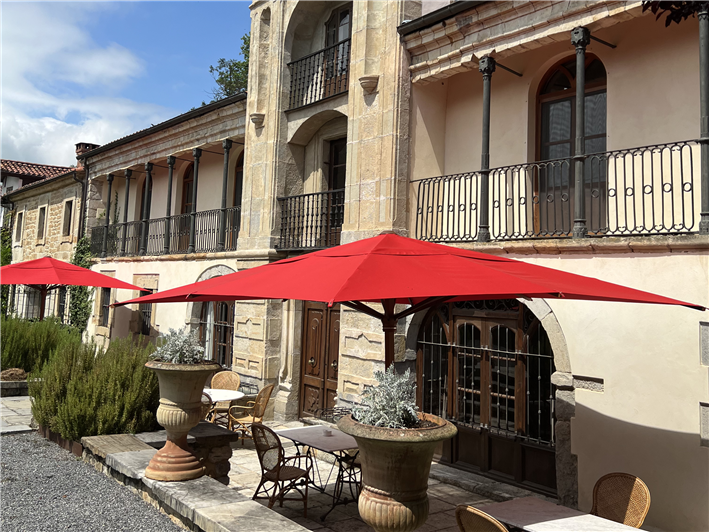
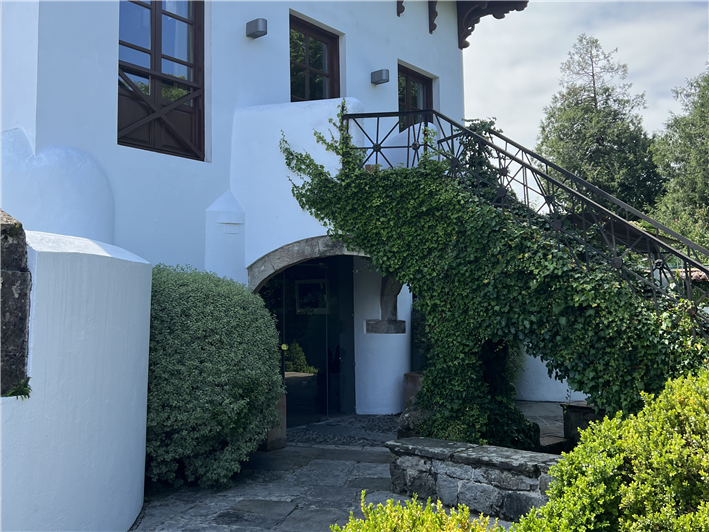
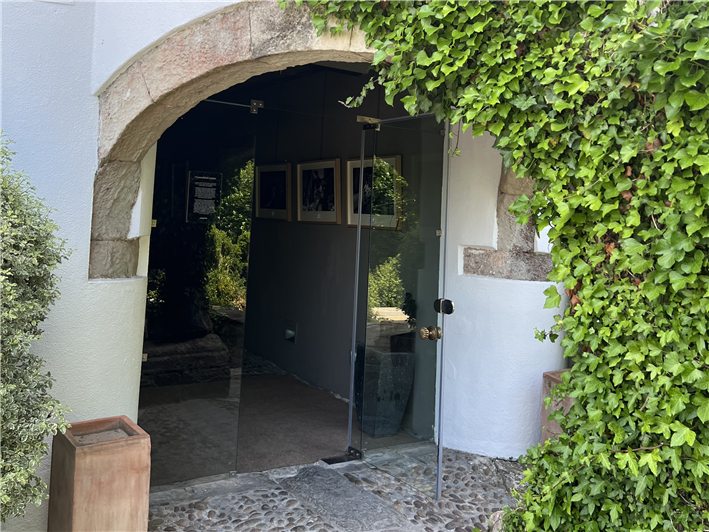
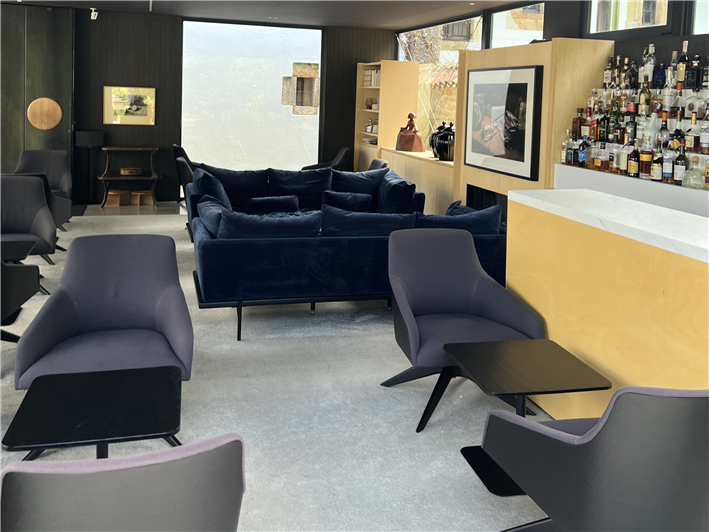

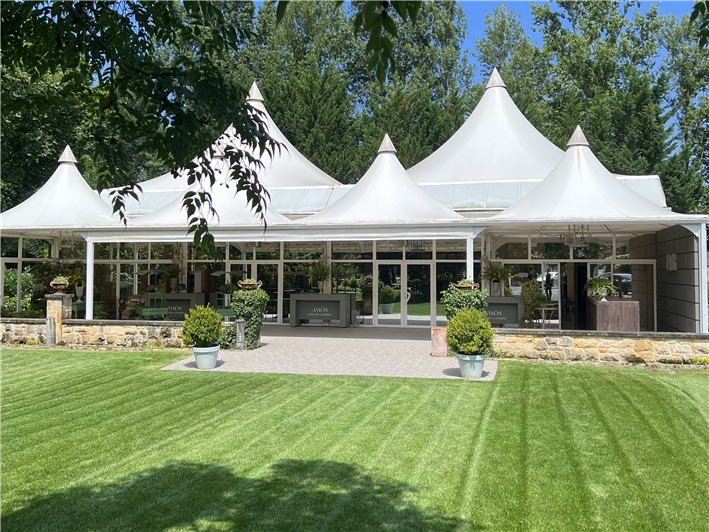


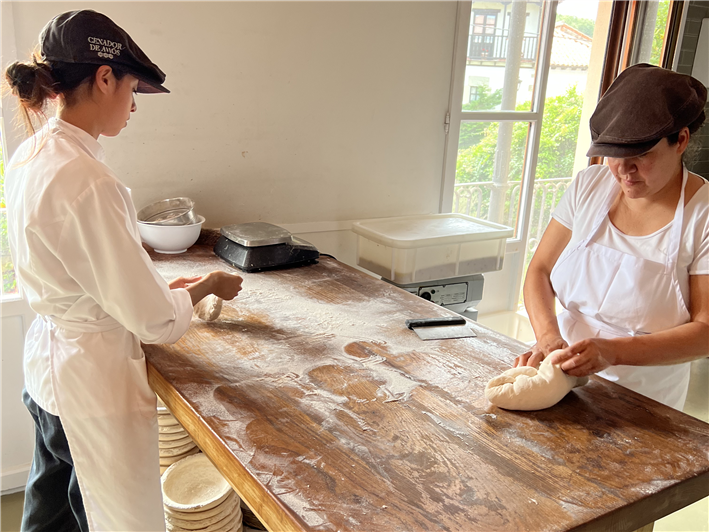
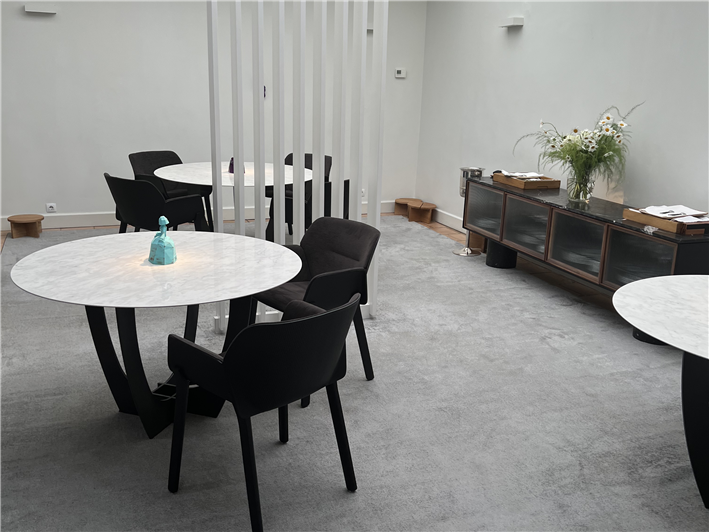
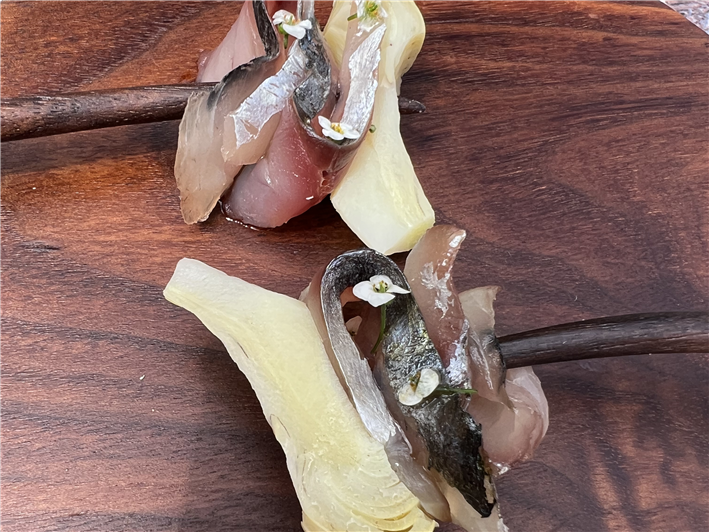
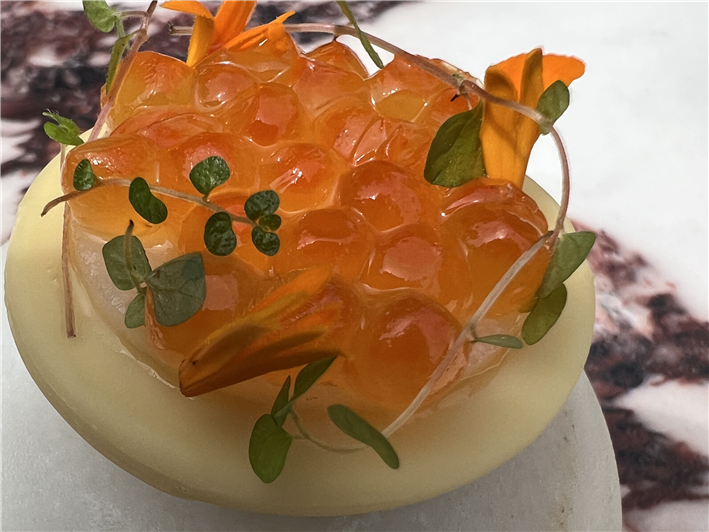

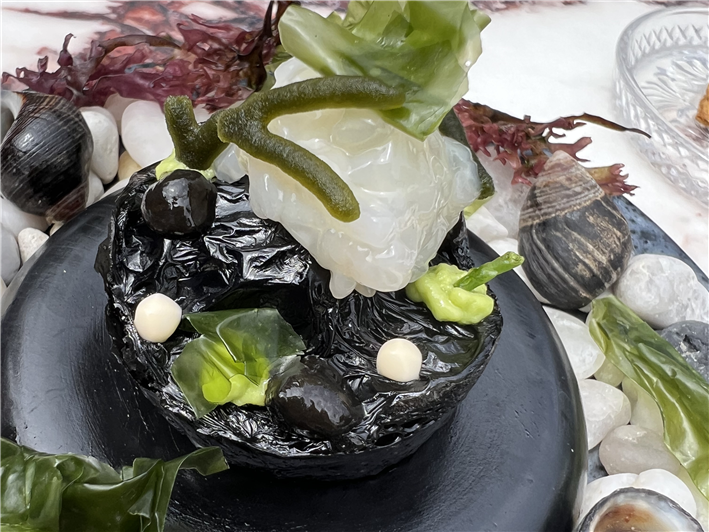
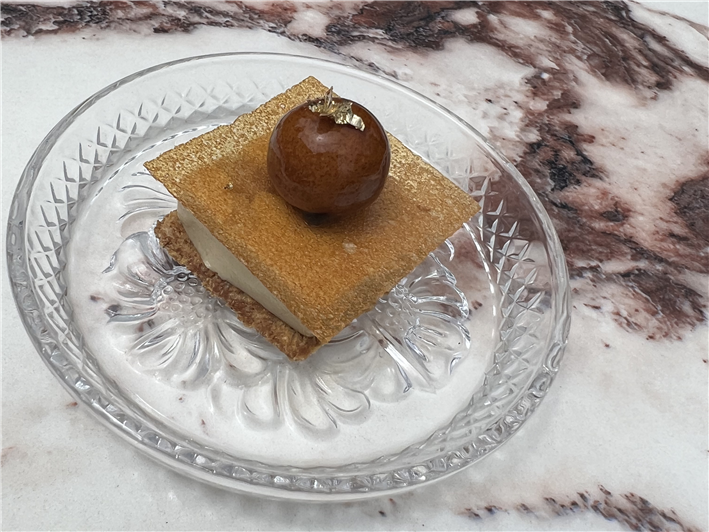
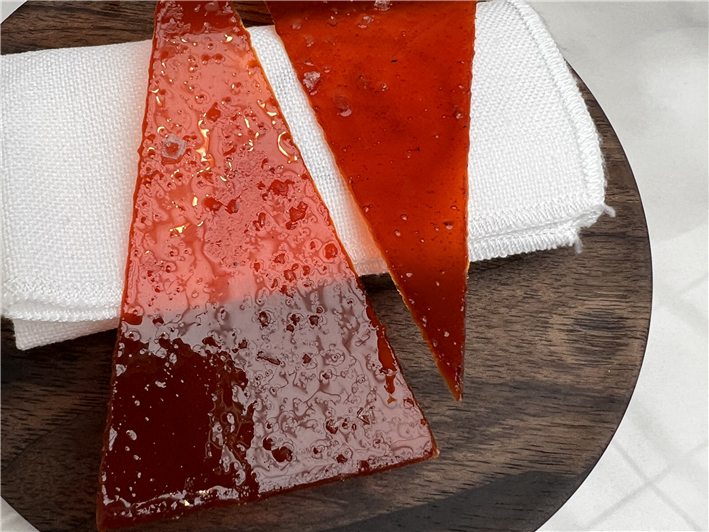

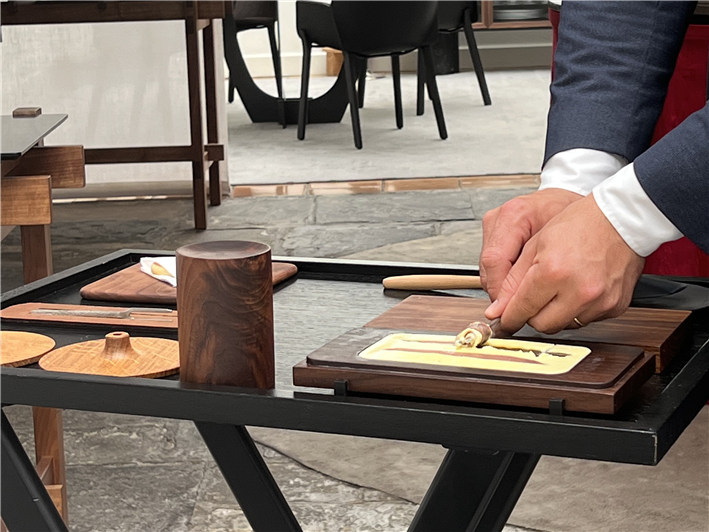
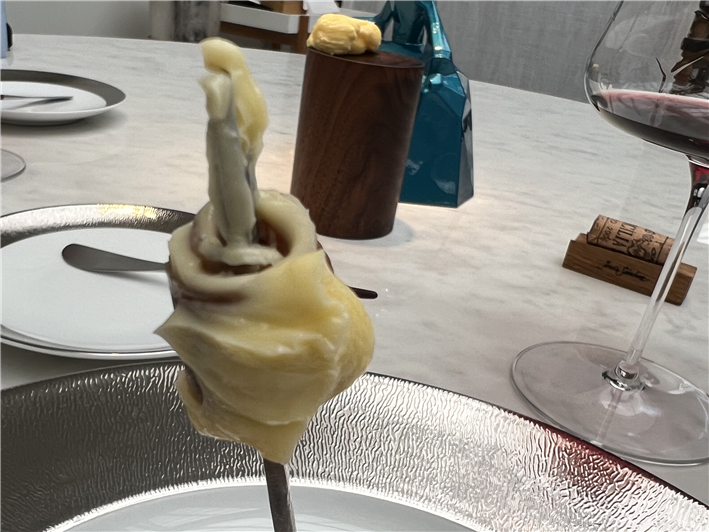

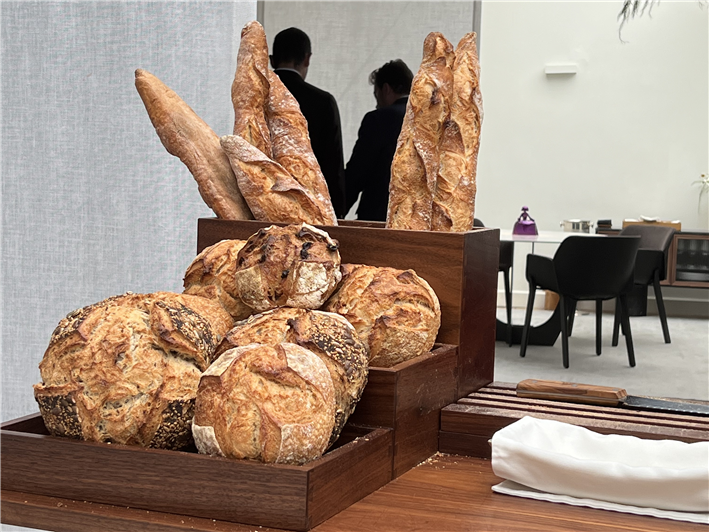
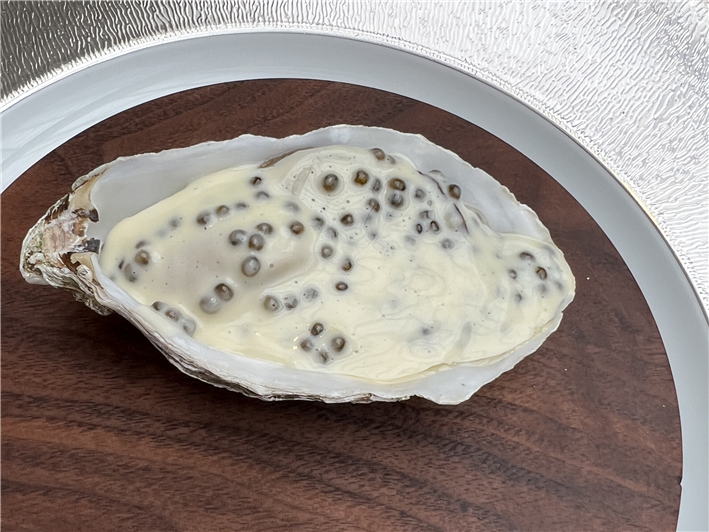


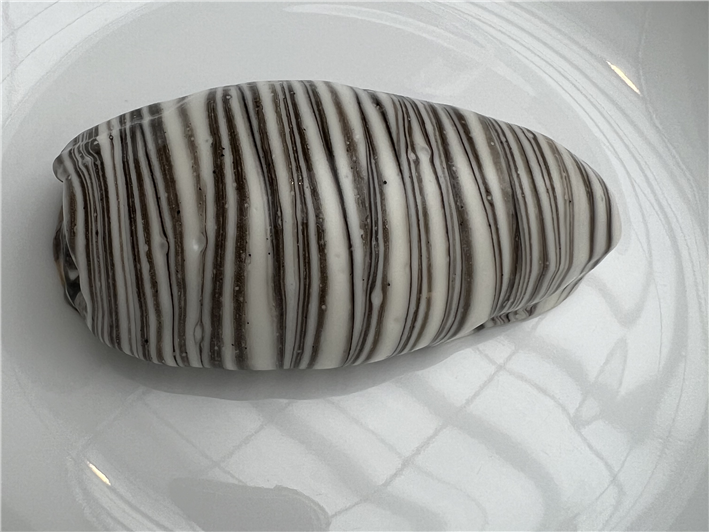
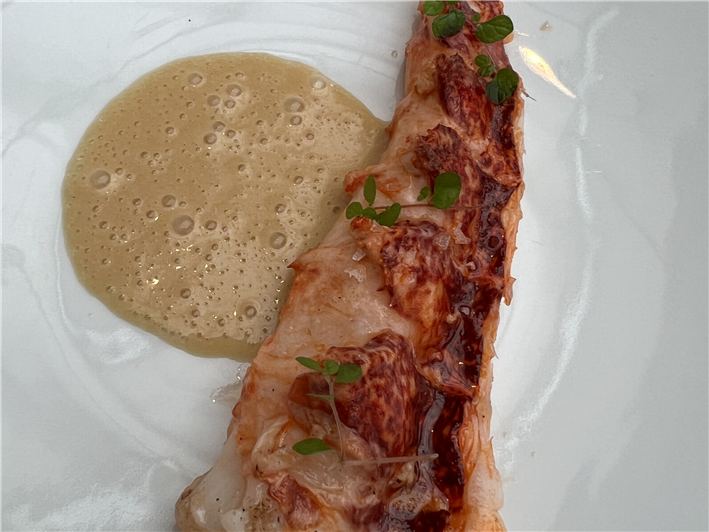
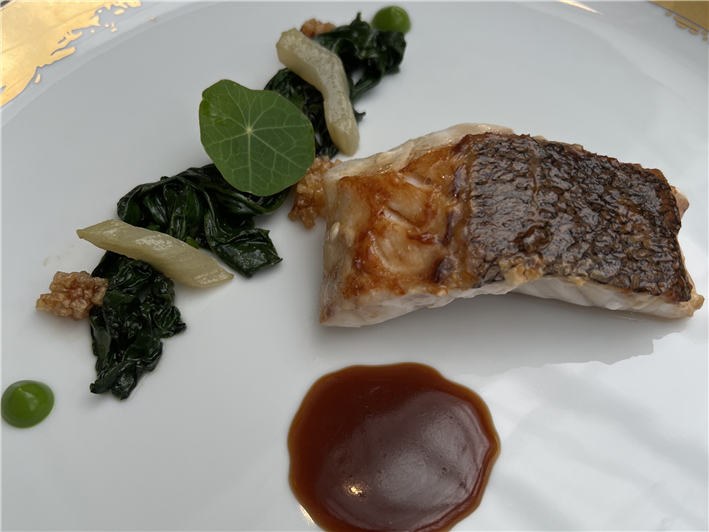
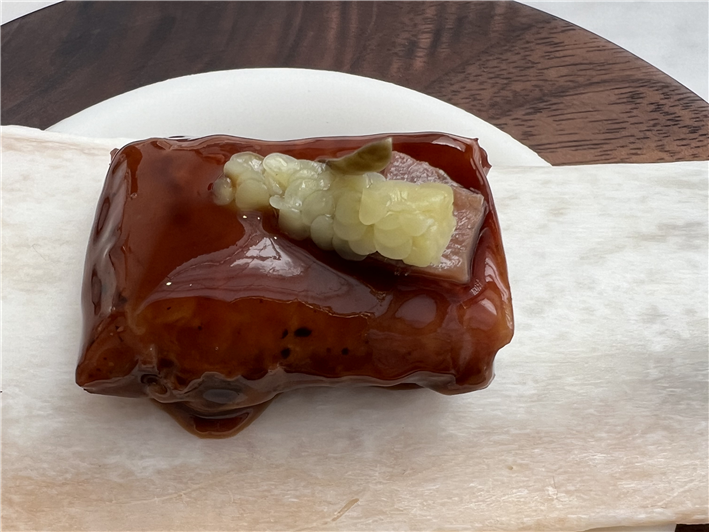
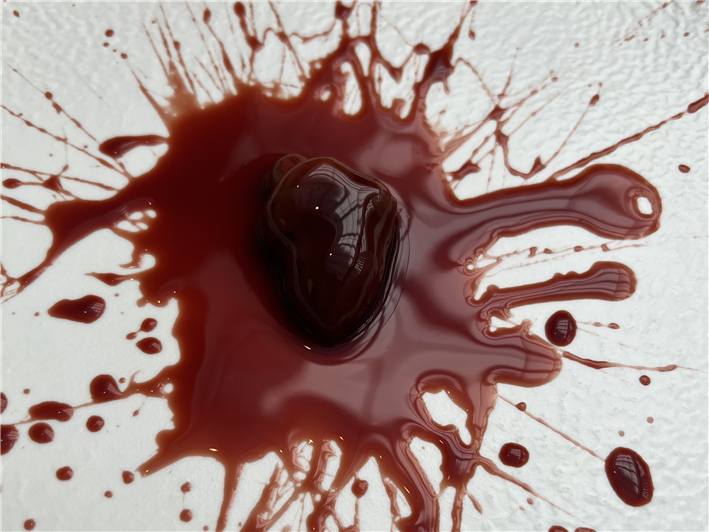
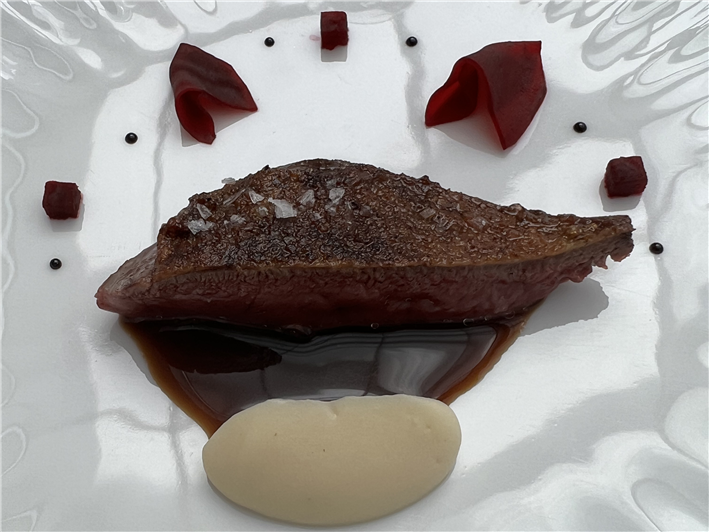
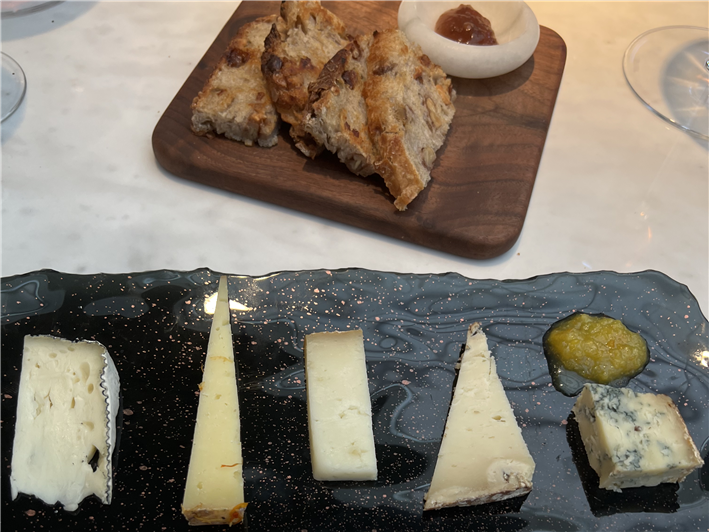

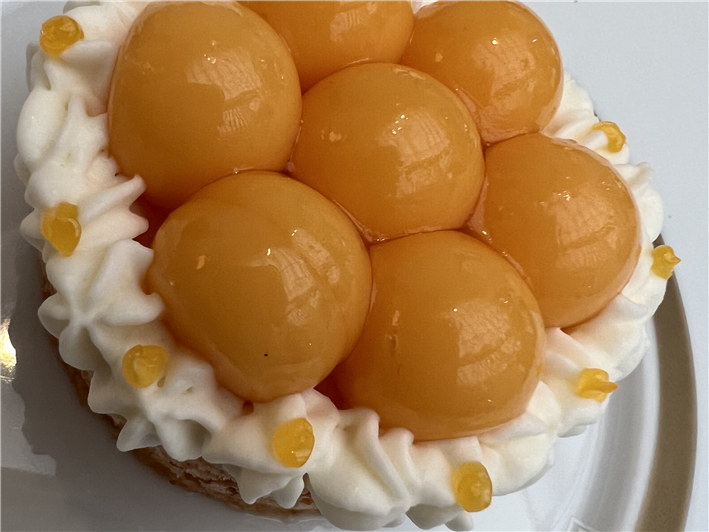
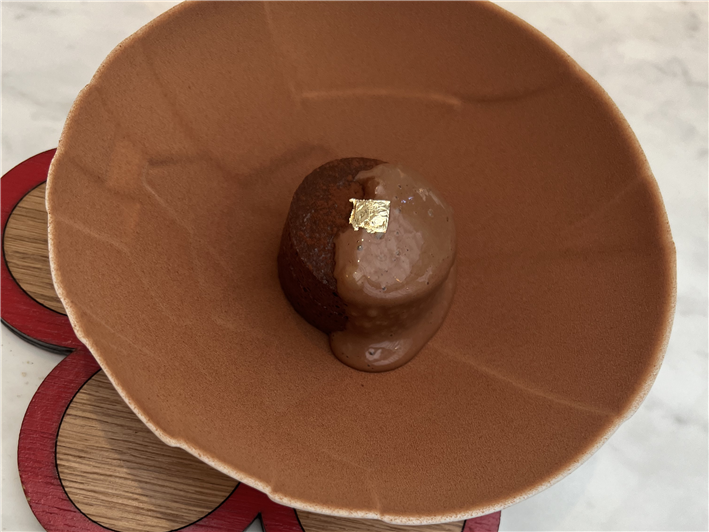
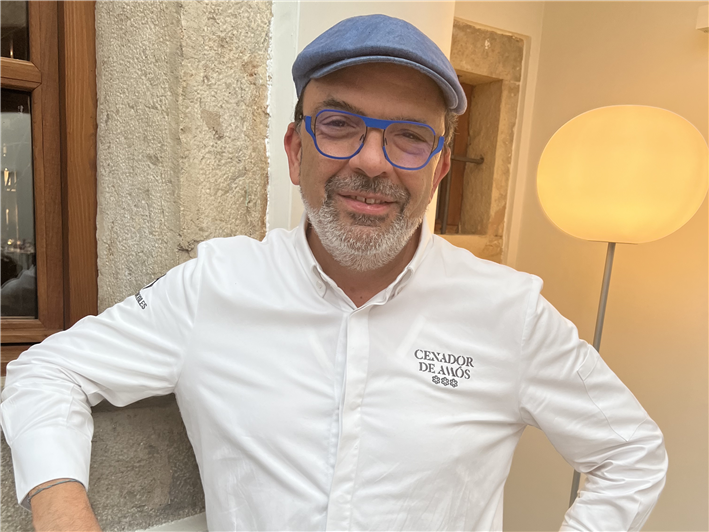

Adrian Turner
As you say, a nice old building - from the outside. That dining room looks spectacularly awful and sterile. And the food at Kaia Kaipe looks ten times as good.
Markus Schmidt
thank you for that review. I generally am fond of starred restaurants trying their best to use local produce, even if not always luxury ones. I will try Cenador de Amos next year